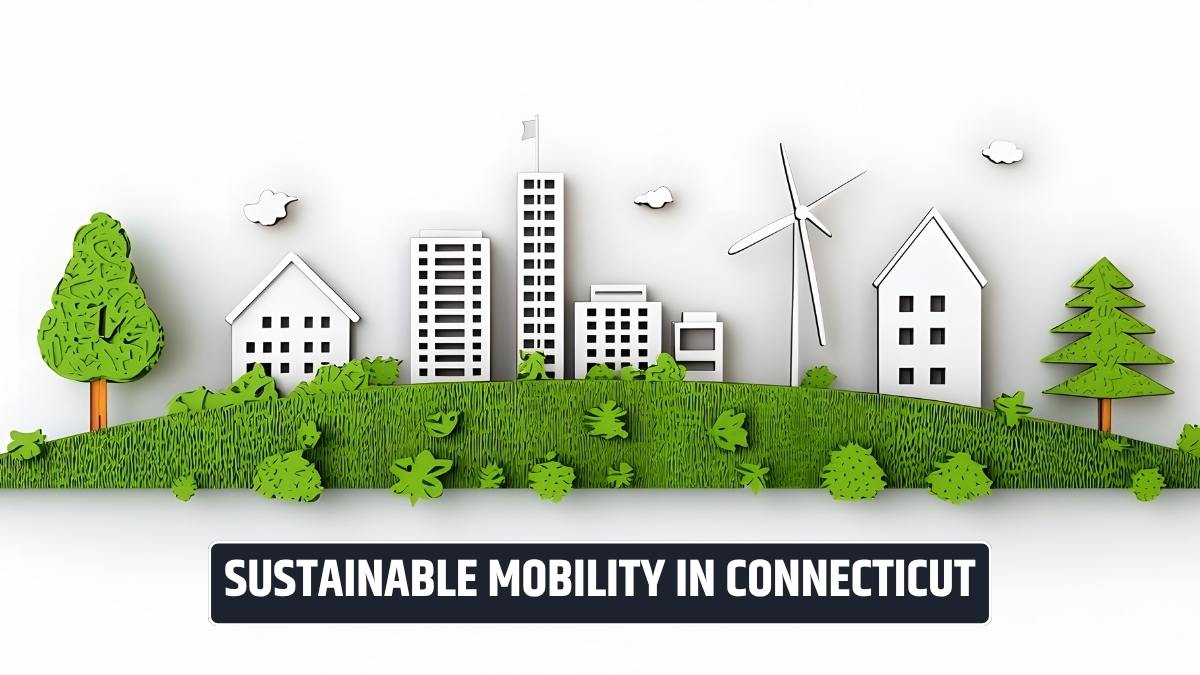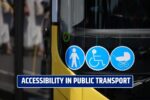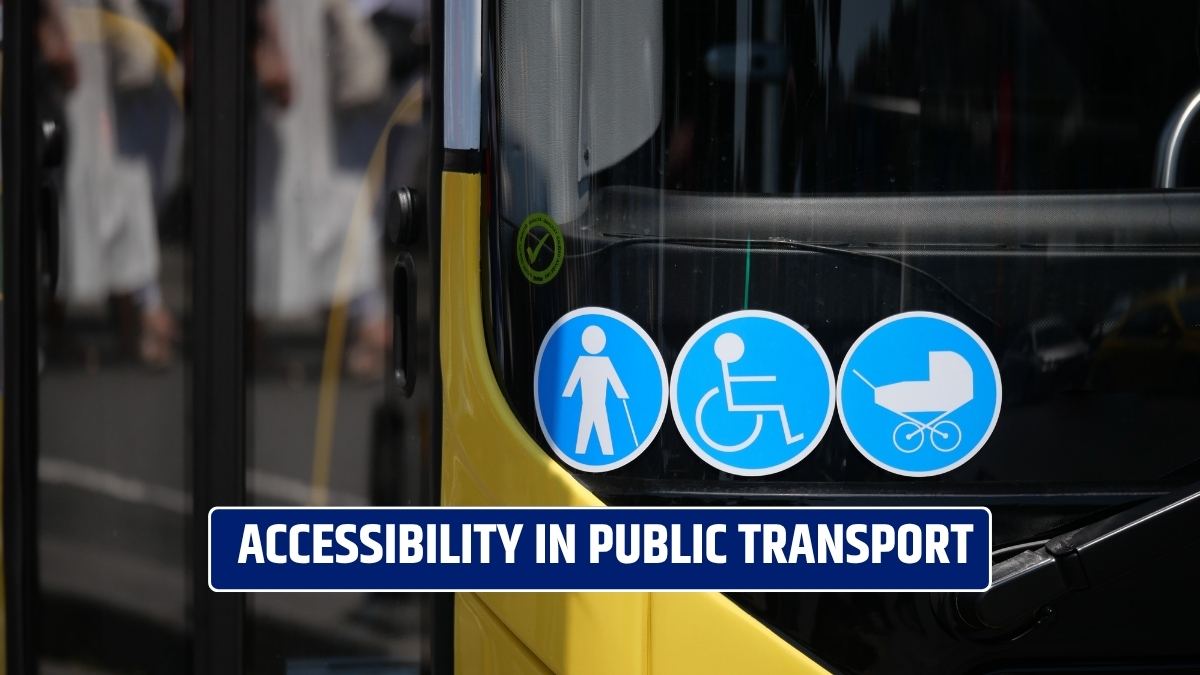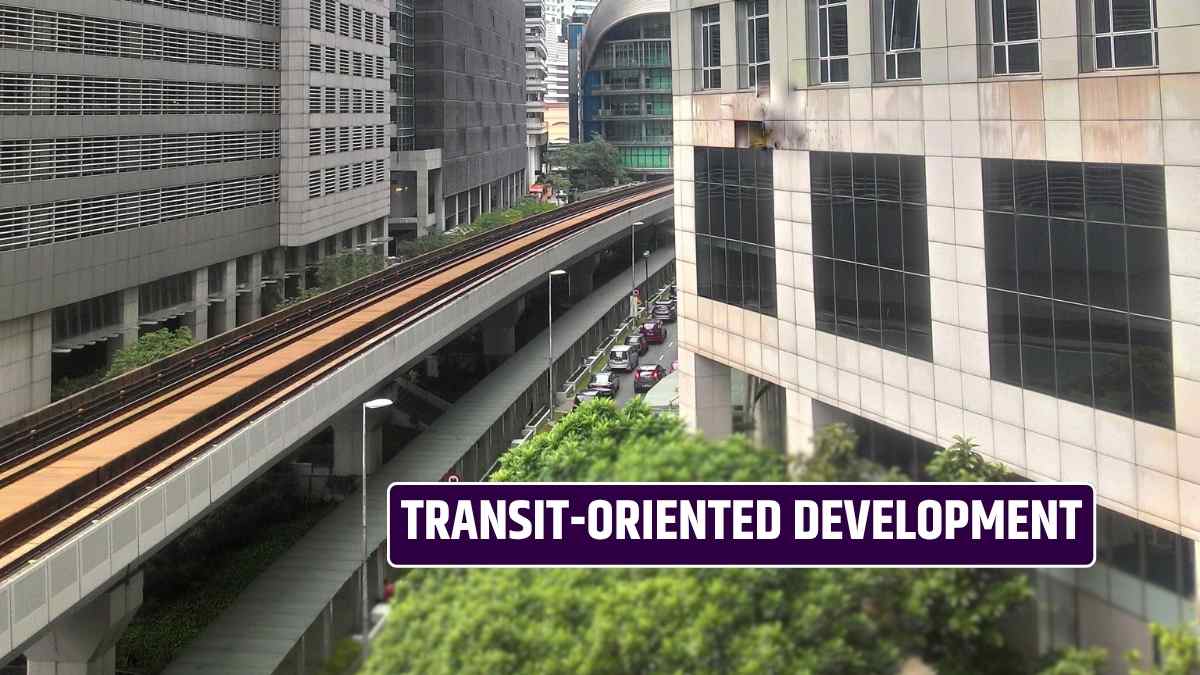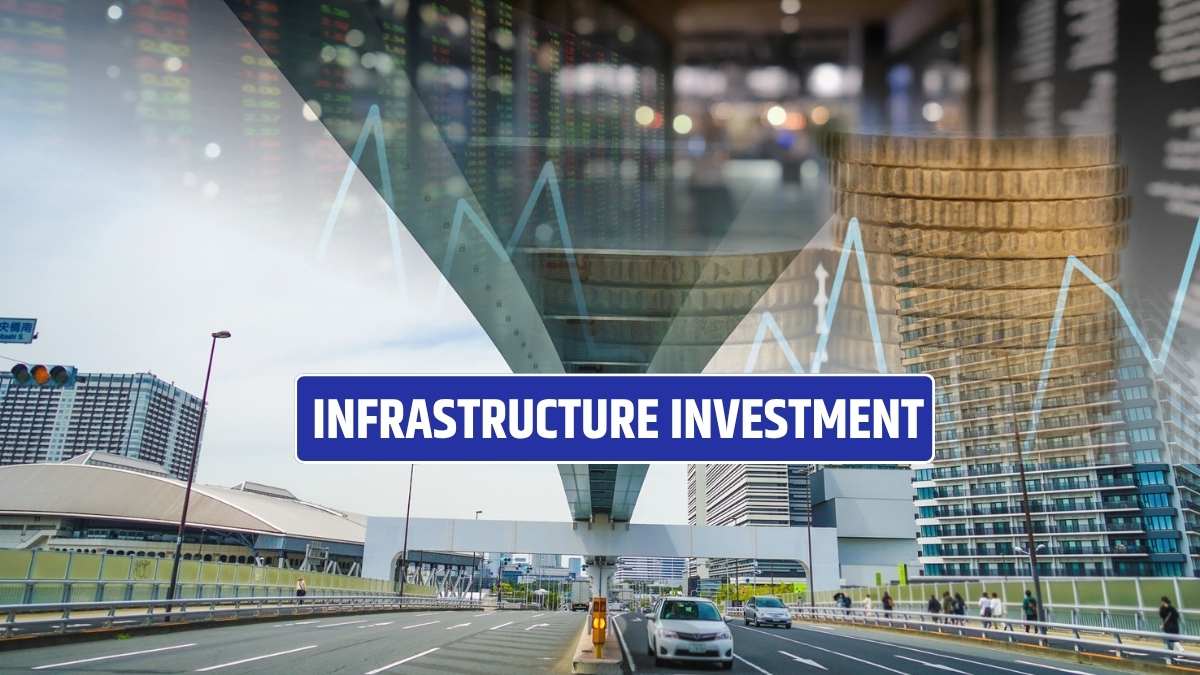Most of the Greenhouse gas emissions in Connecticut come from transportation, so to fight climate change and protect the environment, it’s important to adapt to sustainable mobility in the state. Let’s see how Connecticut is making this possible and protecting the environment.
Sustainable Mobility in Connecticut
The State of Connecticut is a coastal state, where the entire southern border of the state lies along Long Island Sound, opening to the Atlantic Ocean. The state is prone to climate change effects, such as intense heat waves, rising sea levels, heavy rainfall, coastal flooding, and storms.
The major reason for climate change is GHG emissions, and the transportation sector in the state is the largest source of emissions (40%). So, to reduce emissions and protect the environment, it’s important to shift to climate-resilient strategies and sustainable mobility.
The state has to create a sustainable transportation system that meets current needs and as well as adapts to climate change, to keep the resources for future generations. The government is making an effort to reduce emissions and set a goal to reduce the Vehicle Miles Traveled by 5% for each person in the next 5 years from 2019.
Government Initiatives for Sustainable Mobility
The Connecticut state government understands that to meet its environmental goals, they have to keep transportation emissions in check; hence, it has taken many initiatives. In 2023, the transportation emissions fell by 2%, but we still have a long way to go.
Here you can check the government initiatives and programs for climate-resilient and sustainable transportation:
- Drive Less Connecticut challenge:
- The CT DOT has started the annual event, Drive Less Challenge, in the state, which usually occurs from April end to the end of May.
- Through this challenge, the agency encourages residents to reduce solo driving and use public transit, biking, carpooling, etc.
- The participants’ trips are tracked via the CTrides app, and when the participants reach the goal, one tree will be planted.
- This year, the event was held from 22 April to 21 May 202,5 and more than 1000 residents participated, saving $380,000 in gas and car maintenance costs.
- CT-ITMP Program:
- The CT-Integrated Transit Mobility Program initiates a contactless payment system for the public transit system.
- The program supports sustainable transportation as it integrates multi-modal transportation, simplifies the fare payment, and promotes the use of public transportation, reducing the use of private vehicles.
- Deploying Electric Vehicles and funding EV charging infrastructure:
- The state has received a grant of $38.9 million from FTA for the purchase of electric buses and for installing the electric chargers at the various locations.
- Under EV infrastructure, the state expects to receive $52.5 million in FY 2026.
- Carbon Reduction Program:
- The state received funding for the State carbon reduction strategies and development of such projects that reduce transportation emissions.
- In FY 2026, the state is expected to receive $79.1 million for carbon reduction projects.
- PROTECT:
- The PROTECT program (Promoting Resilient Operations for Transformative, Efficient, and Cost-Saving transportation) offers competitive grants and funding to make transportation resilient to climate change, natural disasters, and prepare for the risks.
- Transit-Oriented Development:
- The state has begun the TOD projects that promote transit hubs and centers near public transit, reducing the need for private vehicles, connecting communities, and providing affordable housing near public transit.
How does the state support sustainable actions?
Connecticut has Sustainable CT Actions listed, and for each action, the municipalities receive points. The points will lead the municipalities to acquire a bronze, silver, and gold certification. This program encourages the municipalities to follow sustainable ways and apply for Climate Leader Designation.
The designation appreciates and celebrates the municipalities that are reducing GHG emissions, saving money, preparing communities for climate change, building community, and improving public health.
This type of appreciation motivates the town and the residents to work for sustainable mobility and reduce their contribution to GHG emissions. The program has 12 categories; when you meet these, you receive the points, and the points decide the certification.
What are the challenges ahead for sustainable mobility in Connecticut?
Sustainable mobility requires fighting climate change and saving the environment; however, it’s not easy to achieve it; let’s see what challenges lie ahead:
- Connecticut’s Old infrastructure: The old infrastructure can’t withstand today’s climate change effects, thus our resources and money are wasted on it. The state has taken initiatives to replace or relocate, or renovate the old infrastructure.
- Reliance on private vehicles: People still rely on private vehicles, which can create problems in using public transportation.
- Poor Public Transit System: The state has started working on public transit system improvement, but as the work is still underway, people are still dealing with the previous services.
- Climate-resilient infrastructure: The infrastructure needs to be climate-resilient to adapt to the changes and save the state’s money. However, we are still lagging in this due to the low investment.
- Funding gaps: Connecticut has federal and state grants and funding to improve public transportation; however, the agencies still need long-term investment to meet the requirements.
Connecticut is moving to sustainable mobility slowly but steadily, which is great, but it also needs to consider how people think, because unless people desire to reduce emissions and opt for public transportation, it will be hard to achieve.
